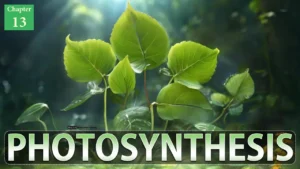#1. enitrification is carried out by .......
#2. The enzymes required for nitrogen fixation is
#3. Which one is not a micronutrient?
#4. Active transport occurs
#5. Soil nitrate is more likely to leach than ammonium due to its
#6. Non-symbiotic nitrogen fixing prokaryote is
#7. Nitrifying bacteria convert
#8. Brown heart disease is due to deficiency of
#9. Which one is essential for root growth?
#10. One mineral activates enzyme catalase and other is constituent of chlorophyll. They are respectively
#11. Essential macronutrients are .............
#12. Sulphur is an important nutrient for optimum growth and productivity in
#13. Chlorosis is caused by deficiency of
#14. Plants absorb nitrogen as
#15. Azolla has a symbiotic relationship with
#16. Element which is a component of proteinaceous materials and protoplasm is
#17. Function of leghaemoglobin during biological nitrogen fixation in root nodules of legumes is to
#18. Minerals are absorbed in the form of
#19. Plant ash indicates
#20. Inorganic nutrients are present in the soil as
#21. Exanthema is a result of deficiency of
#22. Bacteria that convert ammonia to nitrite belong to
#23. Element required in least quantity is ......
#24. Which of the following is macronutrient
#25. Nitrogen is an important constituent of .......
#26. A crop plant which can grow in nitrogen deficient soils without external supply of it is
#27. A primary deficiency is caused by insufficient absorption of
#28. Gene responsible for nitrogen fixation is...........
#29. An essential element is that which ........
#30. Which group of three micronutrient elements affect both photosynthestic nad mitochondrial electron transport?
Results
Cogratulations!
You have passed the NEET Mock Test!
Please Review Your answer with Correct Answers and Explanations.
Oops!
You have not passed the Mock Test!
Please Review Your answer with Correct Answers and Explanations.




![[PPT] The living world Class 11 Notes](https://rajusbiology.com/wp-content/uploads/2024/06/PPT-The-living-world-Class-11-Notes-300x169.webp)
